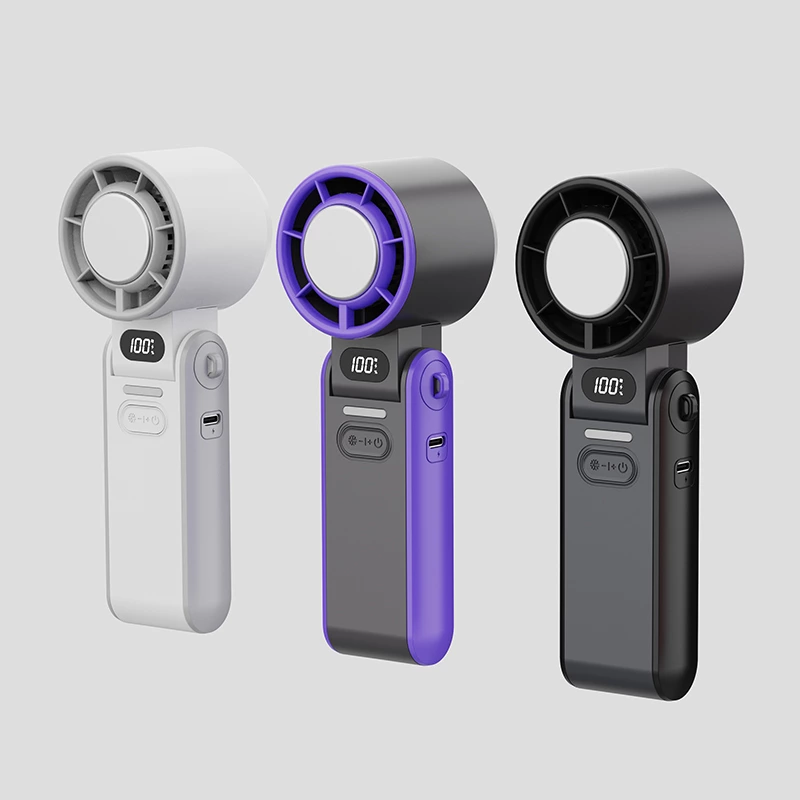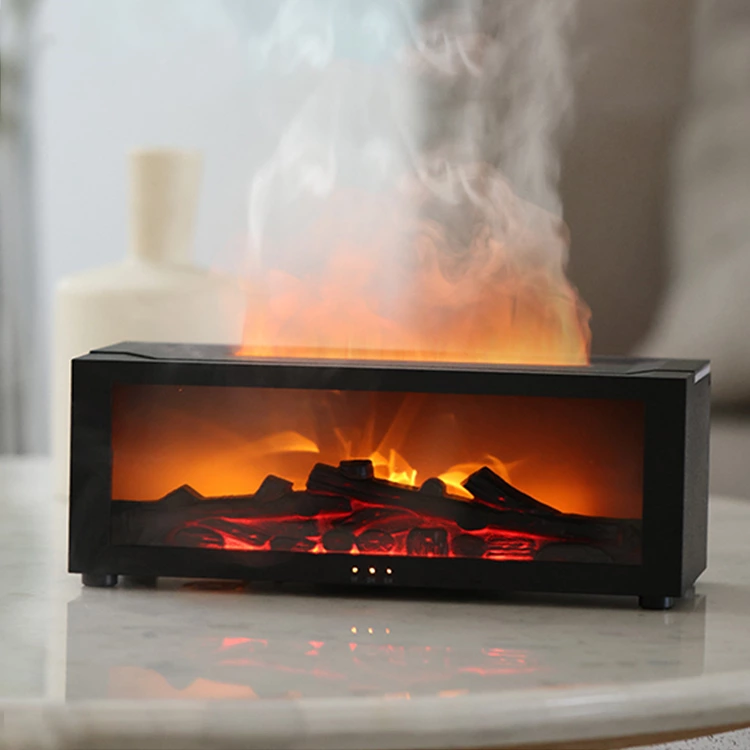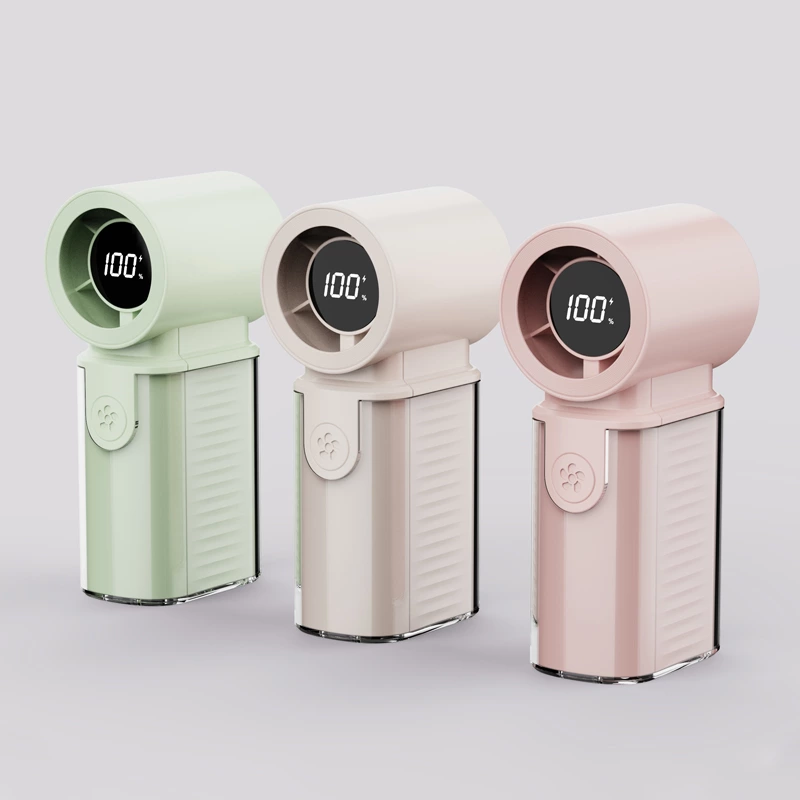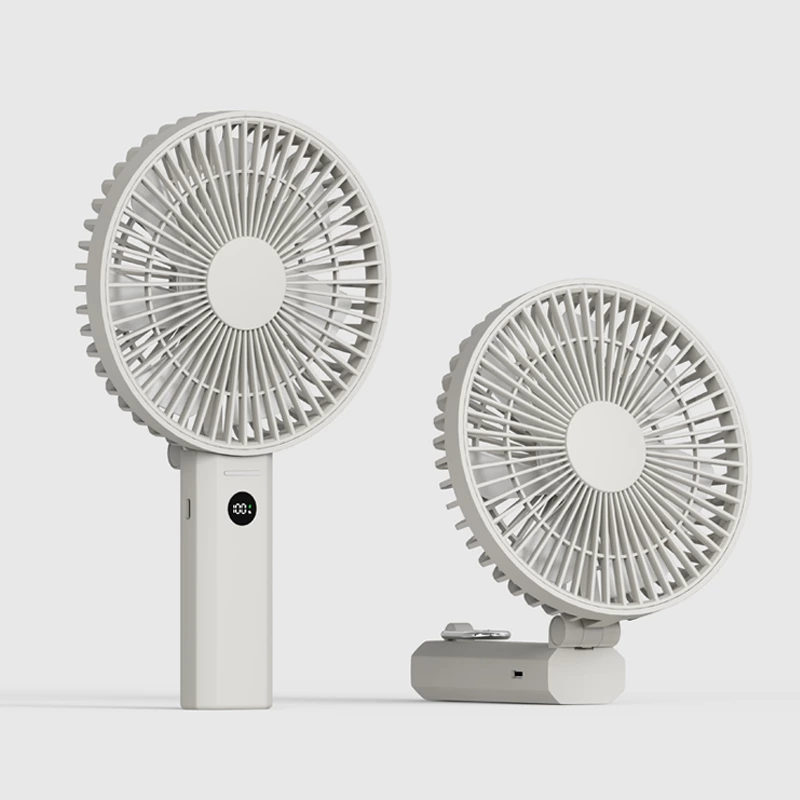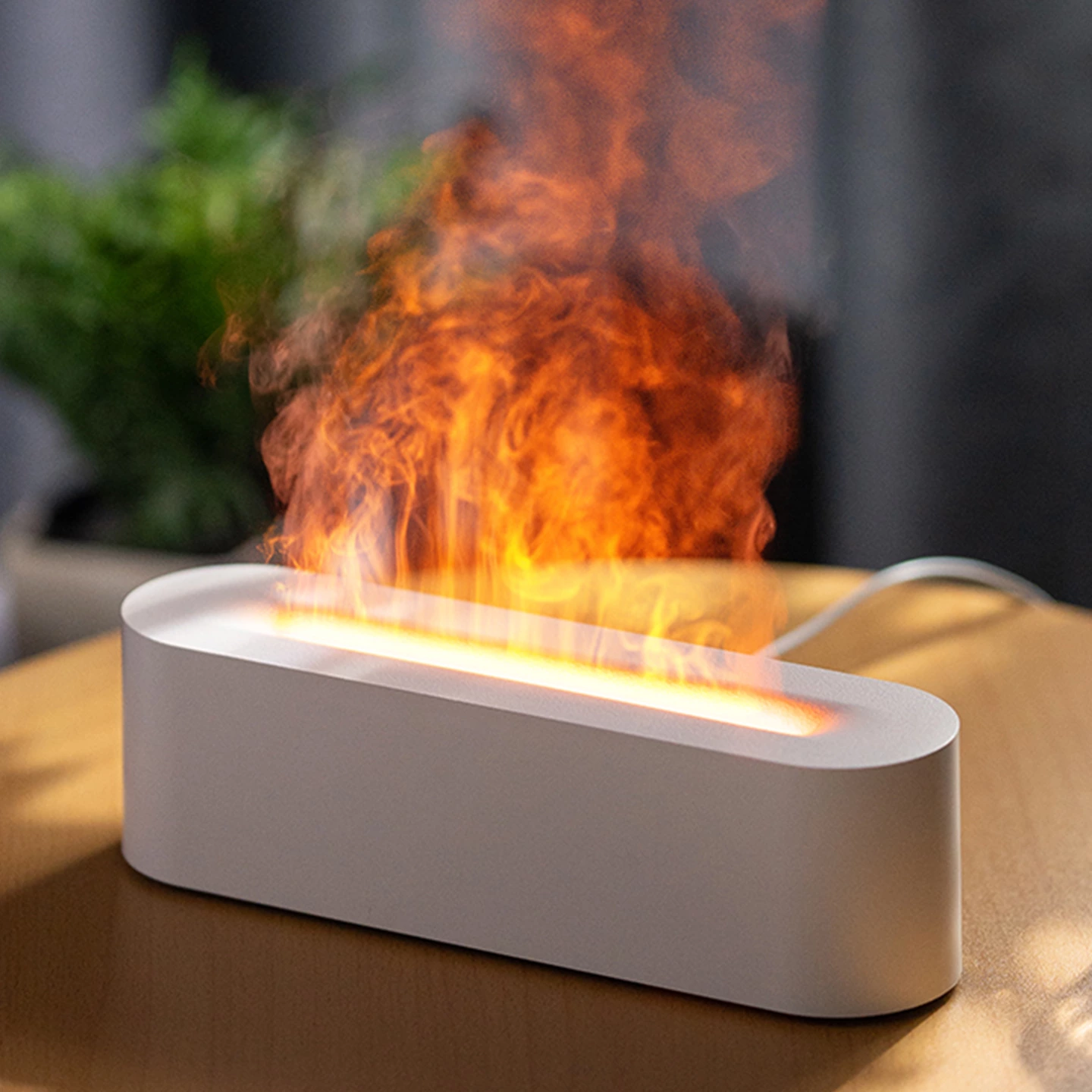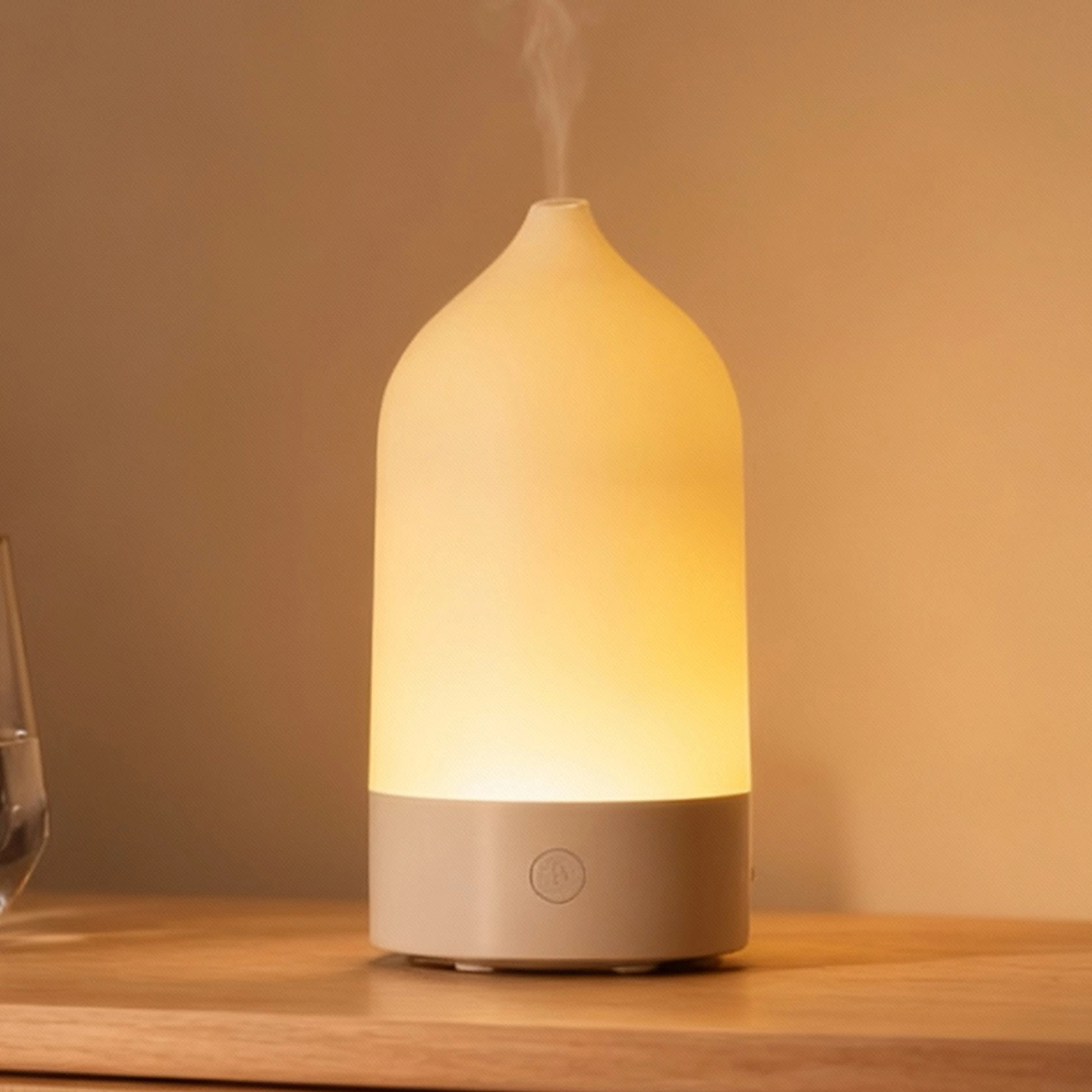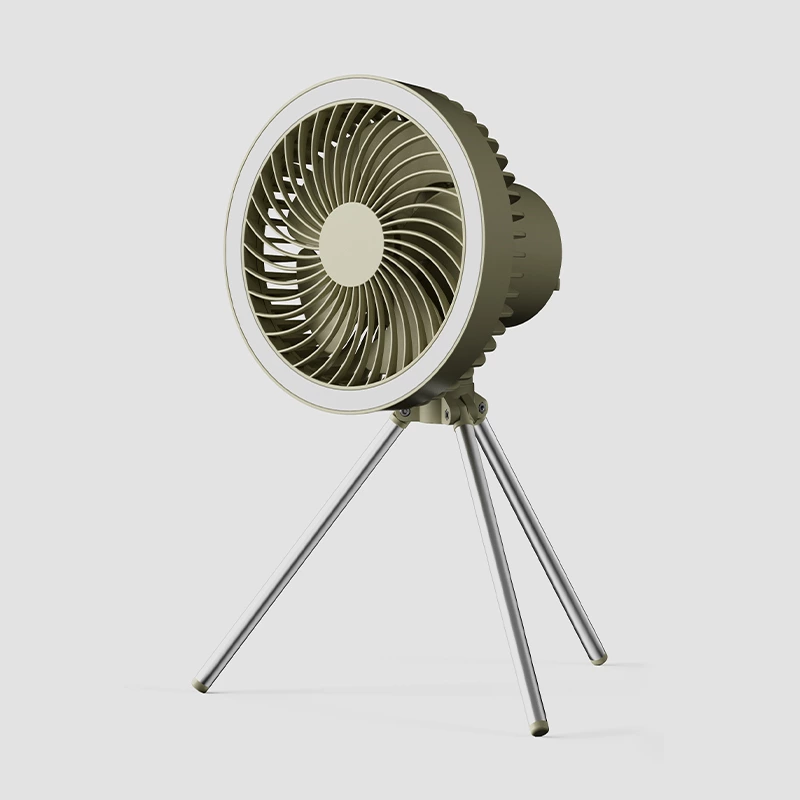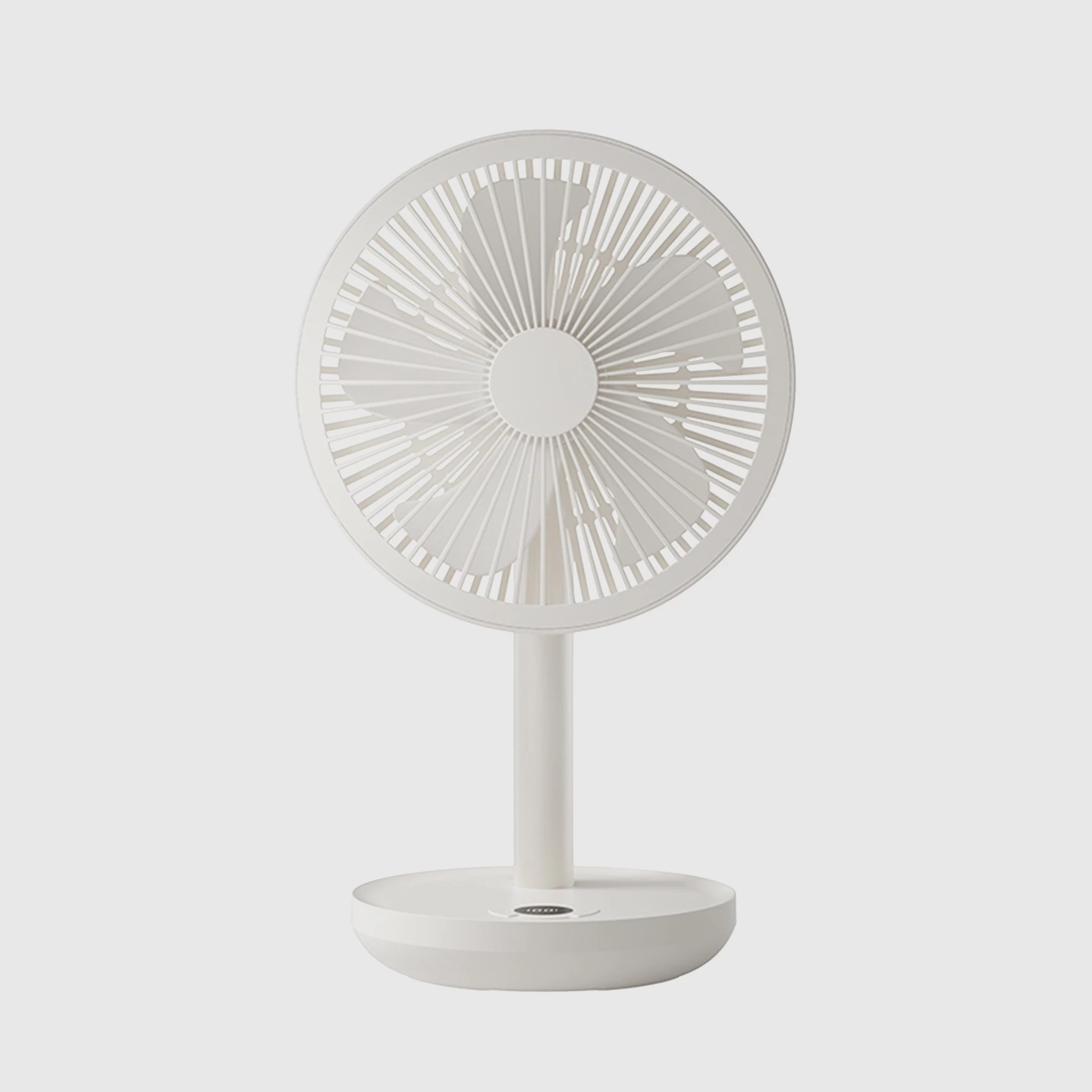What is the Difference Between a Humidifier and an Aromatherapy Diffuser?
Humidifiers and aromatherapy diffusers are both popular devices used to improve indoor air quality and enhance your living environment. While they may seem similar at first glance, they serve distinct purposes and operate in different ways. If you're trying to decide which one is right for your home, it's essential to understand the key differences between a humidifier and an aromatherapy diffuser.
In this article, we’ll explore the functions, uses, benefits, and types of both humidifiers and diffusers, helping you make an informed decision on which device best suits your needs.
A humidifier is a device designed to increase the moisture level (humidity) in the air. Dry air is common during winter months when heating systems are running or in dry climates, and it can lead to discomfort, health issues, and damage to your home. A humidifier adds water vapor to the air, which helps maintain an optimal humidity level, typically between 30% and 50%, according to health experts.
Benefits of a Humidifier:
- Alleviates Dry Skin and Irritation: Humidifiers help to prevent the skin from drying out, reducing irritation, chapped lips, and cracked skin, particularly during the winter months.
- Improves Respiratory Health: Proper humidity levels can alleviate symptoms associated with asthma, allergies, colds, and flu by keeping airways moist and reducing nasal congestion.
- Prevents Static Electricity: Dry air can lead to an increase in static electricity, causing discomfort and even damaging electronics. A humidifier can reduce static by increasing the air's moisture content.
- Protects Furniture and Plants: Wood furniture, floors, and houseplants thrive in environments with balanced humidity. Too much dryness can cause wooden surfaces to crack and plants to wilt.
- Improves Sleep Quality: Humidifiers help ease breathing at night, reducing snoring and allowing for a more restful sleep.
Aromatherapy diffuser is a device designed to disperse essential oils into the air, creating a fragrant and soothing environment. The primary purpose of a diffuser is to deliver the therapeutic benefits of essential oils, which can range from relaxation and stress relief to improved focus and energy.
Aromatherapy diffusers do not significantly change the humidity levels in a room. Instead, they focus on enhancing the atmosphere by releasing tiny particles of essential oils into the air, which can be inhaled or absorbed through the skin.
Benefits of an Aromatherapy Diffuser:
- Promotes Relaxation and Stress Relief: Essential oils like lavender, chamomile, and ylang-ylang are known for their calming properties and are often used to create a peaceful atmosphere for meditation, relaxation, or sleep.
- Boosts Mood and Energy: Certain essential oils, such as peppermint, citrus, or eucalyptus, can enhance energy, focus, and alertness, making diffusers an excellent addition to home offices or study areas.
- Improves Air Quality (with Essential Oils): Some essential oils have antibacterial, antiviral, and antifungal properties, which may help purify the air and reduce the presence of harmful germs and bacteria.
- Aids Respiratory Health (with Certain Oils): Essential oils like eucalyptus and tea tree can help open up nasal passages and ease breathing, particularly for those suffering from allergies or colds.
- Creates a Pleasant Ambiance: Diffusers can also be used simply to create a welcoming, aromatic environment that enhances the mood and atmosphere of a room.
Key Differences Between a Humidifier and an Aromatherapy Diffuser
Now that we’ve covered the basic functions and benefits of each device, let’s break down the primary differences between a humidifier and an aromatherapy diffuser.
1. Primary Function
- Humidifier: The main function of a humidifier is to increase humidity in the air by releasing water vapor. It’s designed to improve air moisture levels, which can alleviate symptoms caused by dry air.
- Aromatherapy Diffuser: A diffuser’s primary role is to disperse essential oils into the air, creating a pleasant aroma and providing the therapeutic benefits of the oils. It does not have a significant impact on the humidity of the room.
2. Water Capacity and Output
- Humidifier: Humidifiers are typically larger and come with a bigger water tank, as their goal is to run for longer periods to maintain a consistent humidity level. Some humidifiers can operate for several hours, even overnight, and may release large amounts of mist.
- Aromatherapy Diffuser: Diffusers generally have smaller water tanks and are designed to operate for shorter periods. The mist released by a diffuser is more about carrying the scent of essential oils than adding moisture to the air.
3. Moisture Output
- Humidifier: A humidifier will increase the humidity in your room by adding substantial amounts of water vapor to the air. This can help with dry skin, irritated eyes, and respiratory issues caused by dry air.
- Aromatherapy Diffuser: A diffuser adds very little moisture to the air. The water in the device primarily serves as a medium for dispersing essential oils, and any added humidity is minimal and incidental.
4. Compatibility with Essential Oils
- Humidifier: While some humidifiers are designed to work with essential oils, most are not. Adding oils to a traditional humidifier can damage the internal components, leading to malfunctions. It’s essential to check the manufacturer’s guidelines before adding any essential oils to a humidifier.
- Aromatherapy Diffuser: Diffusers are specifically designed to work with essential oils. The device breaks down the oils into tiny particles and releases them into the air, providing both aroma and therapeutic benefits.
5. Impact on Health
- Humidifier: Humidifiers can have direct health benefits by preventing dry air-related issues such as nosebleeds, dry skin, and respiratory problems. They are especially useful during cold and flu seasons or in areas with dry climates.
- Aromatherapy Diffuser: Diffusers provide indirect health benefits by enhancing your environment with essential oils. Depending on the type of oils used, they can help improve mood, reduce stress, and even provide some relief from cold symptoms, but they don’t have the same direct impact on air moisture as a humidifier.
Types of Humidifiers and Aromatherapy Diffusers
To further understand the differences between these two devices, let’s look at the various types of humidifiers and diffusers available on the market.
Types of Humidifiers:
- Cool Mist Humidifiers: These are the most common type and use either ultrasonic vibrations or a fan to disperse cool water vapor into the air. Cool mist humidifiers are ideal for homes with children or pets because they don’t pose a burn risk.
- Warm Mist Humidifiers: Also known as steam vaporizers, these humidifiers heat water to produce steam, which is then cooled slightly before being released into the air. Warm mist humidifiers can help kill bacteria and germs in the water before it is dispersed.
- Ultrasonic Humidifiers: These use high-frequency vibrations to create a fine mist of water, which is then dispersed into the air. They are typically quieter than other types of humidifiers and can produce either cool or warm mist, depending on the model.
- Evaporative Humidifiers: These humidifiers use a fan to blow air through a wick filter that is saturated with water, adding moisture to the air. They are generally self-regulating, as the amount of moisture released decreases as the humidity level in the room increases.
Types of Aromatherapy Diffusers:
- Ultrasonic Diffusers: These are the most common type of essential oil diffuser. They use ultrasonic vibrations to create a fine mist of water and essential oils, which is then released into the air. Ultrasonic diffusers are also quiet and double as small humidifiers, though they do not significantly increase air moisture.
- Nebulizing Diffusers: These diffusers use air pressure to break down essential oils into tiny particles without using heat or water. Nebulizing diffusers release a concentrated amount of essential oil mist into the air, making them one of the most effective types for therapeutic purposes.
- Evaporative Diffusers: In these devices, a fan blows air through a filter or pad soaked in essential oils. As the air passes through, it evaporates the oils and disperses the aroma into the air.
- Heat Diffusers: These diffusers use heat to evaporate the essential oils, releasing their scent into the air. While they are typically less expensive, heat can alter the chemical composition of essential oils, reducing their therapeutic benefits.
Which Should You Choose: Humidifier or Aromatherapy Diffuser?
The choice between a humidifier and an aromatherapy diffuser depends on your specific needs. If your goal is to improve air moisture in a dry environment and alleviate the discomfort associated with dry air, a humidifier is the way to go. On the other hand, if you’re looking to create a calming, fragrant atmosphere and enjoy the therapeutic benefits of essential oils, an aromatherapy diffuser would be more appropriate.
In some cases, you might even consider using both devices to enjoy the benefits of each. Some manufacturers now offer combination devices that function as both humidifiers and essential oil diffusers, providing the best of both worlds. These hybrid devices allow you to maintain proper humidity levels while also enjoying the relaxing or invigorating effects of essential oils.
Conclusion
Understanding the difference between a humidifier and an aromatherapy diffuser is crucial when deciding which one to use in your home.

